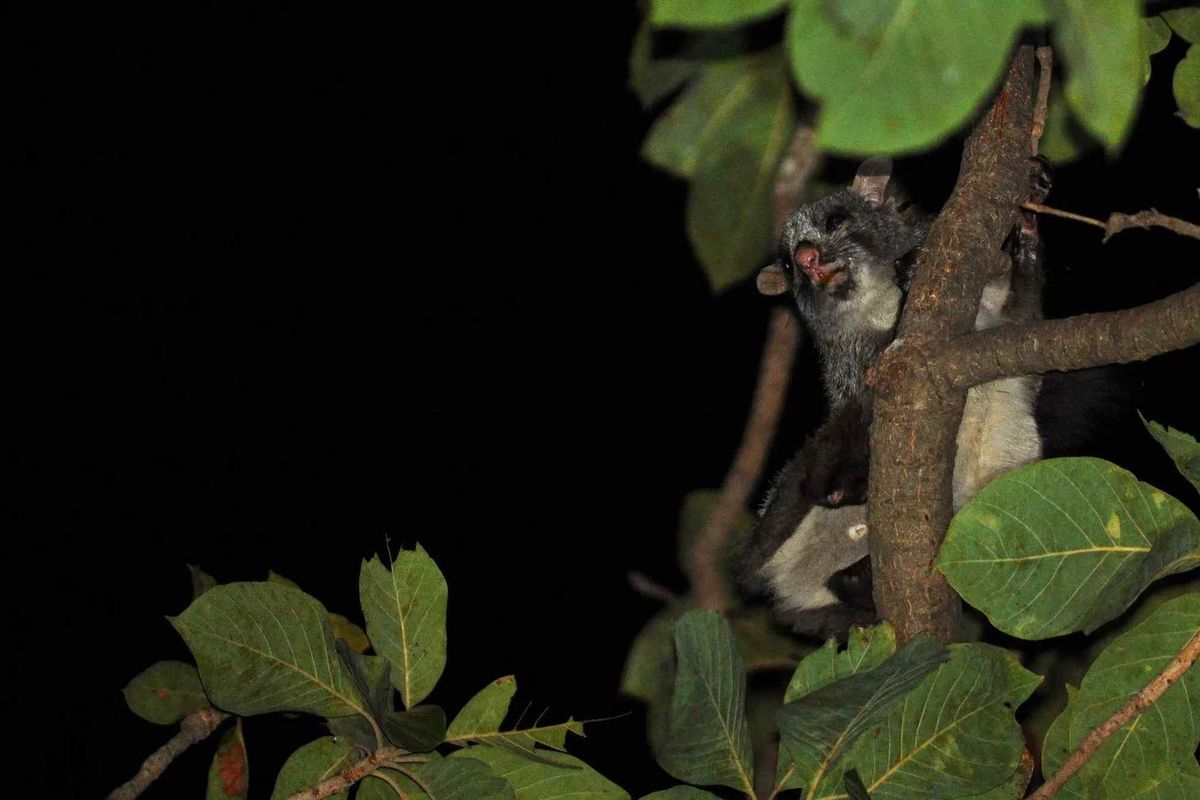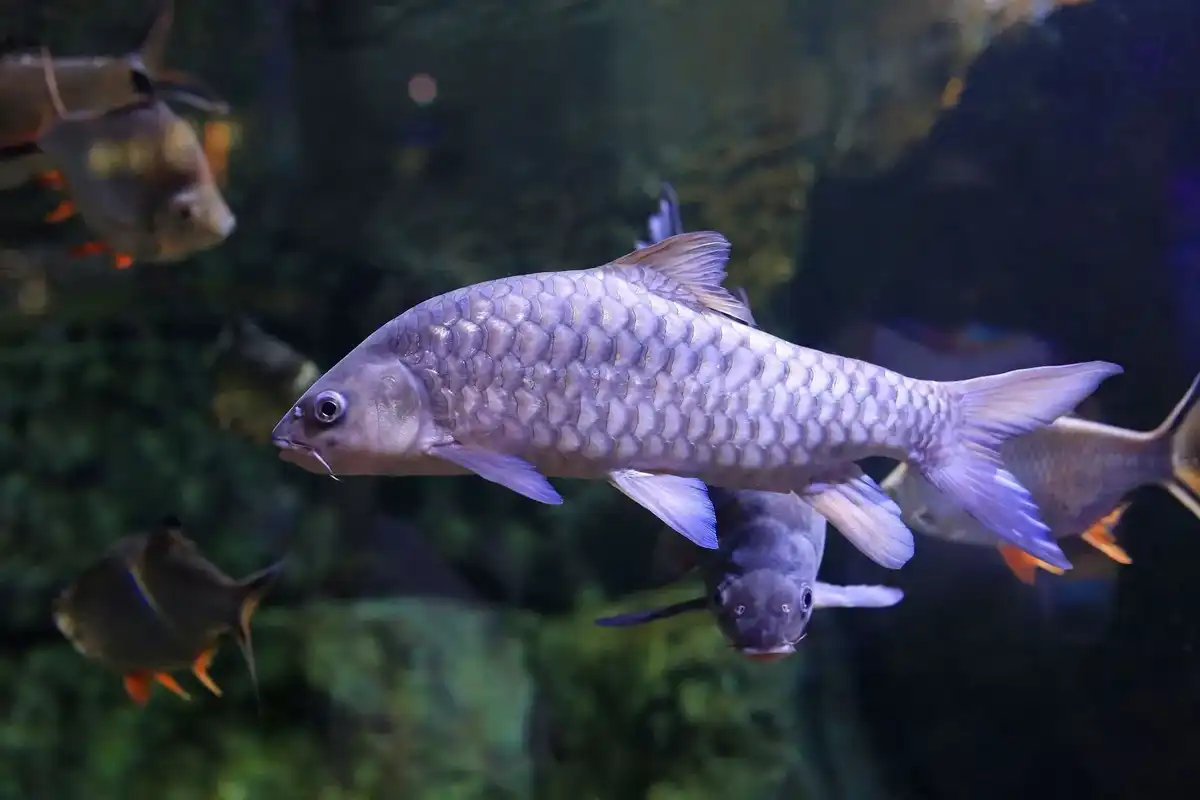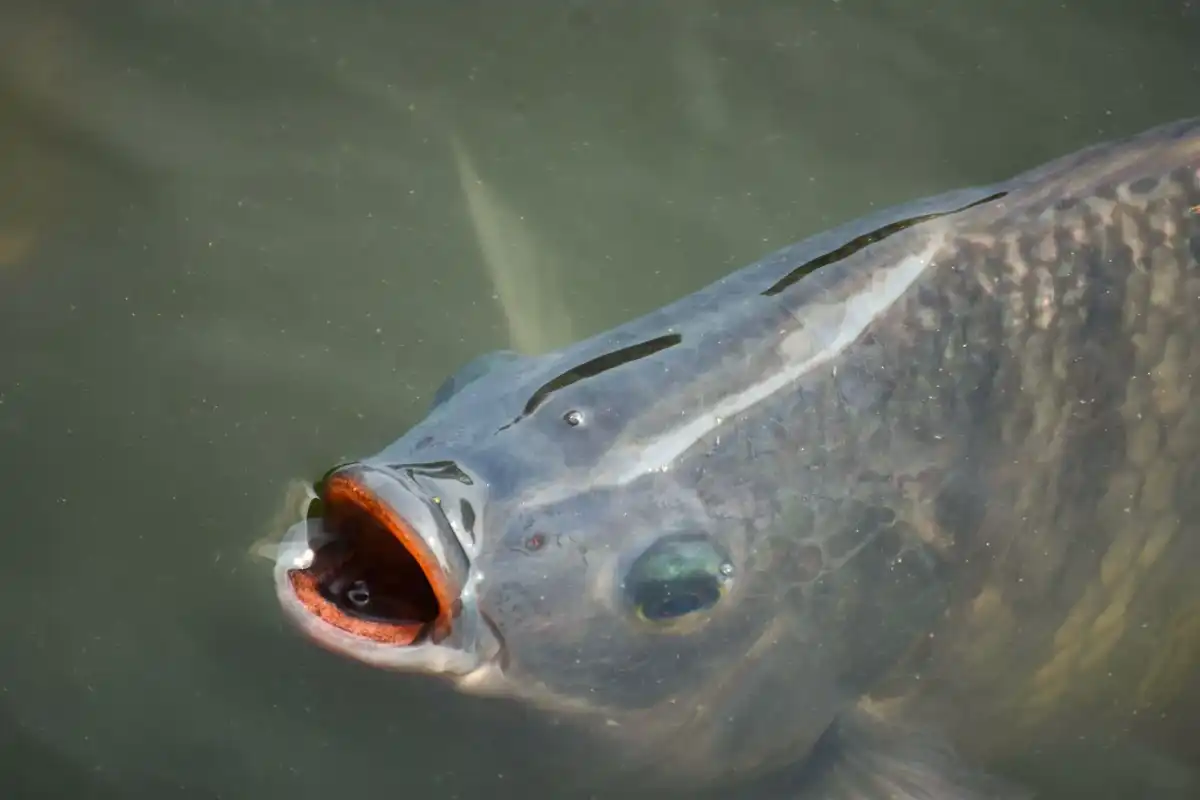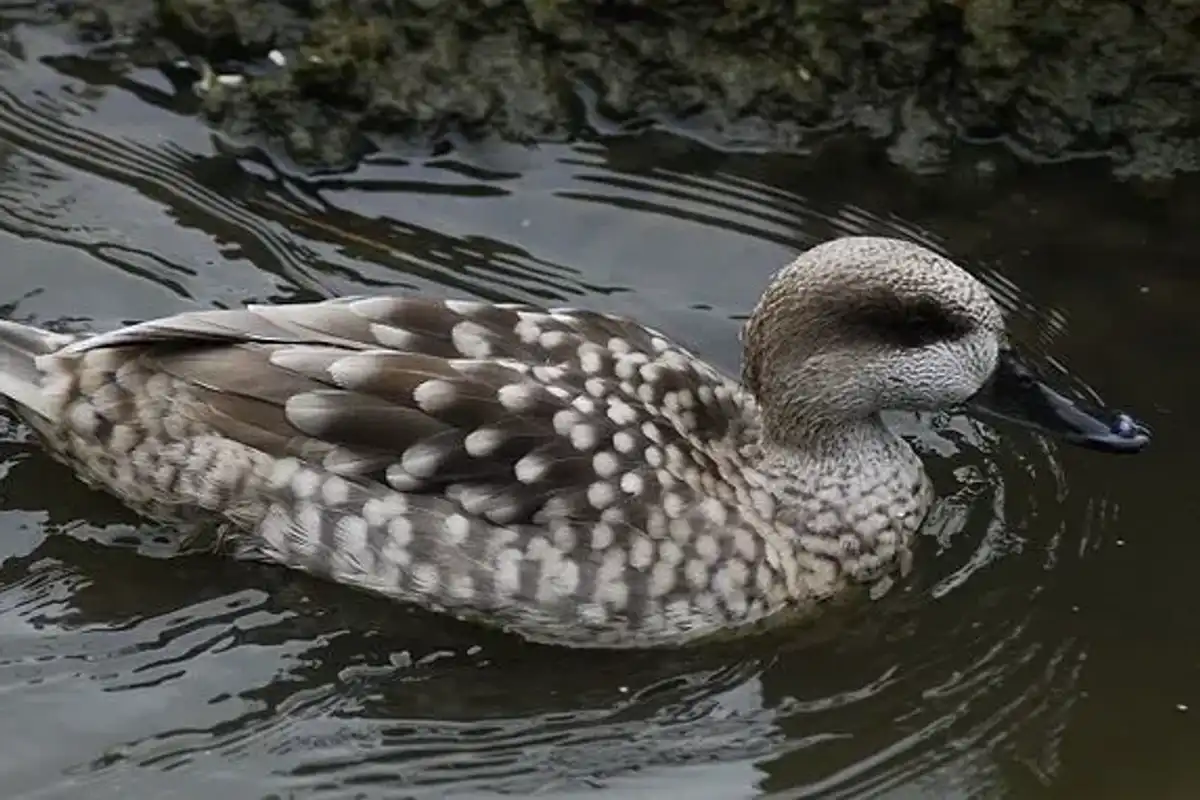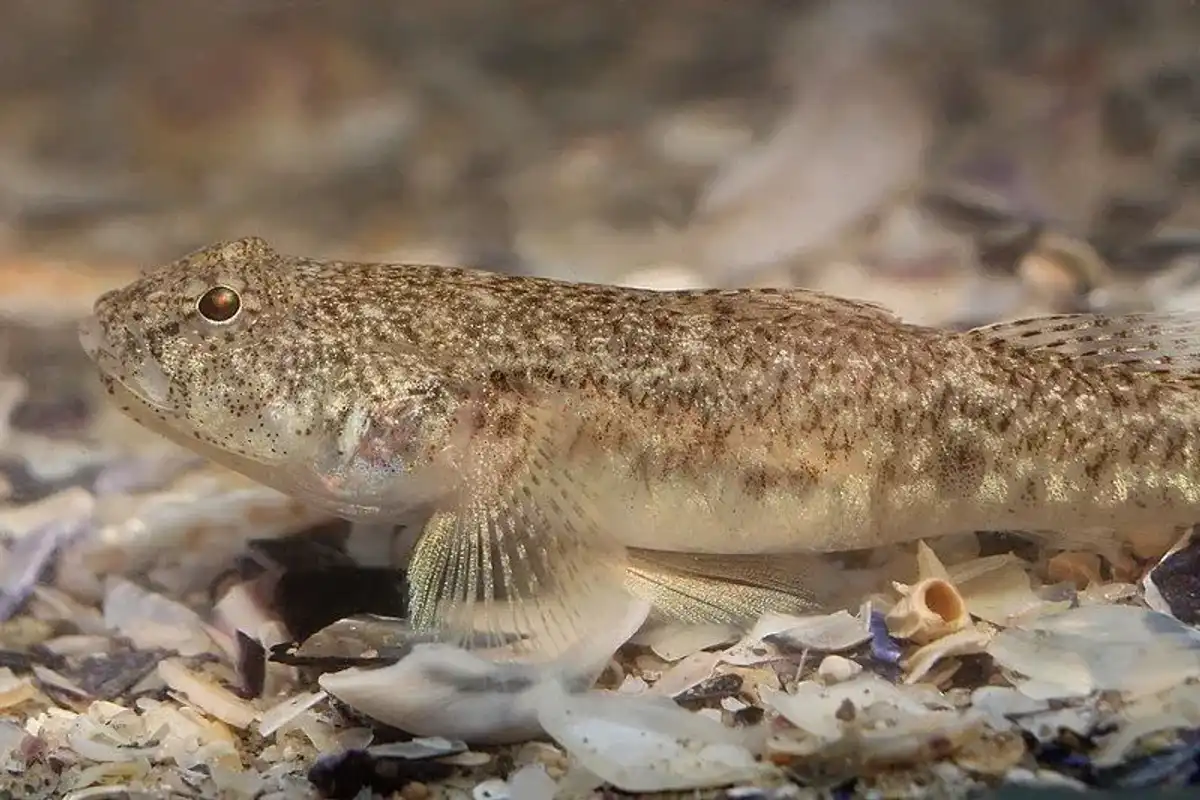About Nena Singha
Nena is a content writer adept at crafting creative, commercial, and technical content for a wide range of projects. Her ability to generate innovative ideas, coupled with her meticulous research and adherence to SEO guidelines, ensures that her work leaves a lasting impact. She takes pleasure in sharing her knowledge and experience to help others enhance their writing skills. While not immersed in her projects, Nena finds joy in exploring the captivating world of manga and anime. With a Bachelor's degree in Geography/Earth Sciences from Gurucharan College, Nena brings a unique interdisciplinary approach to her writing.
Family interest
In house speciality
Education
Qualifications
- Bachelor of Science specializing in Geology/Earth Science
Recent Work
Fun Indian Giant Flying Squirrel Facts For Kids
The giant flying squirrel species is a common sight in South Asia, typically found in India, China, Sri Lanka, the Himalayan mountains, and other countries in Southeast Asia. They are also a frequent occurrence in the Malay Peninsula and Taiwan.
Their scientific name is Petaurista philippensis, a closely related species of the northern flying squirrel.
A native of Asia, the squirrels are nocturnal in nature and live in between trees, preferably in evergreen or deciduous forest habitats.
Appearance-wise, the Indian giant flying squirrels have a longer landing platform, range, and usually glide around in the dense forest habitat of Asia with their almost black to the dark maroon body, with white tips sometimes giving off a gray, light brown, to white color.
They are sexually dimorphic so the male and female look quite similar.
The breeding interval usually occurs in two phases where the female gives birth to only one or two squirrel pups. Their diet includes insects, plants, and fruits as they are omnivorous in nature while they leap around trees in search of food.
If you liked reading about flying squirrels then we suggest you check out Japanese giant flying squirrel facts and giant flying squirrel facts as well!
Fun Mahseer Fish Facts For Kids
Mahseer (Tor putitora and others) is the common name used for the carp family of Cyprinidae under the genera, Tor. Their name is restricted to the members of the genus and ranges in various distributions starting from Vietnam, China, Cambodia, Indonesia, Southern Asia, India, Cauvery river, and all the way to Afghanistan.
Many of the large fish species from its genus have recently seen a huge decline in the population due to overfishing, habitat loss, pollution, and other environmental causes which is one of the reasons why they are artificially bred.
The taxonomic history of the fish is quite confusing despite its continuous developing strategies for both aquaculture and the rehabilitation of the species.
They inhabit large rivers and lakes. They are omnivorous fish in nature whose diet consists of algae, insects, amphibians, crustaceans, as well as fruits.
The species was first grouped by Francis Buchanan Hamilton in 1872 along with many others. The local fish is one of the largest fish and is usually seen as a sports prize if caught as a result of which, Mahseer fishing has been banned under Mahseer conservation.
Do check out our convict cichlid facts and firemouth cichlid facts pages for more similar content.
Fun African Carp Facts For Kids
The African carp fish may usually be used as a common name for many other genera of fish belonging to the carp family.
However, we are specifically going to focus on the Tana labeo, or Labeo mesops, a species of ray-finned fish from the family of Cyprinidae. The fish is native to southern Africa and prefers to live in rivers, like the Cross River, and freshwater lakes.
Due to the high rates of overfishing and loss of habitats, the fish faces critical danger to its existence and has been seen depleting according to recent data.
It belongs to the class of Actinopterygii or ray-finned fishes, and derives its name from the Latin word, 'labeo', which stands for 'the one who has large lips', also from the Greek word, 'mesops', meaning 'middle and half', and finally the word 'opsis', meaning 'for sight', overall the name refers to a state of the material the fish is made up of.
It is a freshwater species, found foraging for food in the bottom, and is widely spread throughout southern Africa.
It is a small fish and is usually bred for its commercial, aquaculture, and experimental use, seen around aquariums and similar spaces.
If you love reading about fishes then check out our codfish facts and suckerfish facts.
Fun Marbled Duck Facts For Kids
The marbled duck (Marmaronetta angustirostris), or marbled teal, is an elegantly colored medium-sized waterfowl with a gray-white texture and a sandy-brown body. These ducks have large heads and a light eye patch that sets them apart from other species of ducks.
They are a unique species from southern Spain, Turkey, Armenia, Northwest Africa, Greece, India, Western China, and they are even found in Britain.
Marbled teals (Marmaronetta angustirostris) have been termed as escaped captive birds from sites in southern Spain that were formerly bred in large numbers in the Mediterranean region basin. They love marshlands, shallow freshwaters, and brackish waters which is why they are found in abundance in these areas.
Their choice of breeding ground is usually lowlands where they lay their eggs in long grasses or high trees. They are nervous and flighty birds that are gregarious in nature and quite loud during the mating season.
They feed in shallow water by dabbling their head for food. Their diet includes aquatic crustaceans as well as plants. Their scientific name is derived from the Greek word 'marmaros', meaning marbled, and 'netta', for a duck.
The Latin word 'augustus', means narrow and small whereas 'rostris', means billed. The ducks are vulnerable due to habitat loss.
If you love learning about new species then we suggest you go check out our harlequin duck facts and Muscovy duck facts pages for more similar content.
Fun Marble Goby Facts For Kids
The marble goby (Oxyeleotris marmorata) is a fish from the family of Butidae, distributed almost in every region of Southeast Asia. The fish is locally known as 'Pa bu', in the local dialect of Laos, and is very popular. It is carnivorous and is a bottom feeder that prefers to stay in freshwater rivers, brackish rivers, rocks, or plants.
The marble goby is culturally very popular in the southeast where they have a lot of cultural importance and are usually seen as a form of wealth. It is eaten in a variety of dishes in Thailand, Malaysia, and other countries for its clean white meat and is usually priced high.
People raise these fish at home in cement tanks, aquariums, and ponds. Aquaculture is in high demand for foods where fish is seen as a good source of income for the coming future.
If you love reading about new species then check out our catfish facts and rainbow trout facts pages for more similar content.
Fun Malabar Pied Hornbill Facts For Kids
The Malabar pied hornbill (Anthracoceros coronatus), also known by the name of the lesser-pied hornbill, is a type of bird from the family of hornbills. The bird belongs to the Old World species.
The Malabar-pied hornbill was first described in the year 1780 by the French polymath, Georges-Louis LeClerc, Comte de Buffon in his book. It was also illustrated in many other records by several naturalists and bird-enthusiasts.
The species is monotypic in nature whose generic name is made up of the ancient Greek word 'anthrax', meaning coal-black, and 'keros', which stands for horn. The specific epithet 'coronatus' is a Latin word, meaning crown.
The bird is a large bird that can grow up to a length of 26 in (65 cm), mainly consisting of black feathers on its belly, throat, and tail apart from its white abdomen. The other most distinct feature of the bird is its large bill is yellow with an extra black casque just above it.
Females have a white orbital coat. The bird is typically found in the Indian subcontinent along with Sri Lanka in the evergreen forest habitats of the region and also near human settlements.
The birds are omnivorous in nature and eat a variety of things from fruits to small mammals and even insects.
They are very fond of figs and are frequently spotted in the Karwar region. According to the central tribal people of India, hanging the skull of the Malabar-pied hornbill brings wealth, due to which the bird has been hunted for centuries.
Do check out our rhinoceros hornbill facts and great hornbill facts pages for more similar content.

